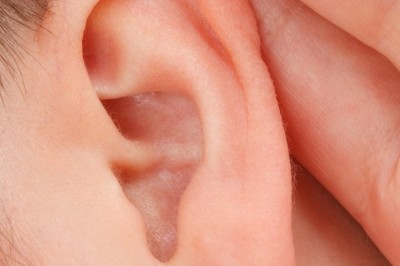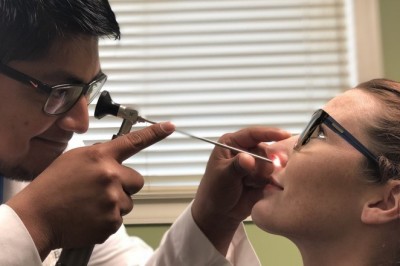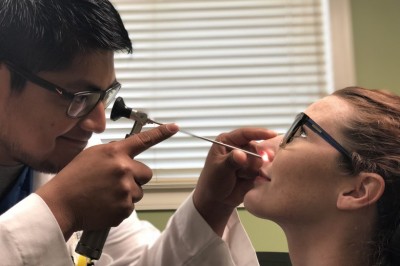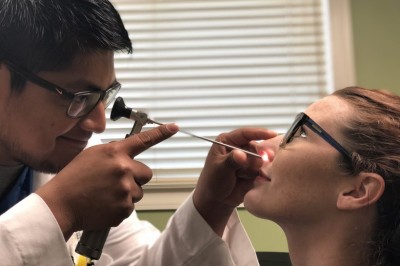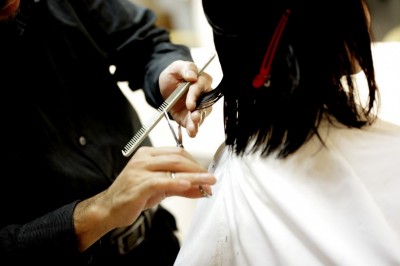Sinus Irrigation
Sinus Irrigation
I was plagued for ages by relentless sinus problems. Make a list of every cure that youve heard of for this ailment, and I will bet you that Ive tried it. I had actually given up on discovering a true and lasting cure when I found something that changed my life.
I am Mark Hawyes, and I would like to tell you about a free newsletter available to you if you truly wish to get rid of horrible sinus headaches forever. You are probably aware that contaminants such as molds, or even simple pollen and fungus, can bring on sinus headaches. These headaches can also result from a congenital or traumatic deviated septum, polyps, or a simple sinus infection.
Have you ever tried sinus irrigation? This is a means to alleviate sinus headaches or even prevent them altogether. When you perform sinus irrigation, you irrigate the nasal and sinus passages by using a saline solution. Simply put, you are washing out your sinuses.
Before I discuss the actual technique, Id like to provide a little anatomy lesson. The bony structure of the face contains eight sinus cavities. You will find one pair above your eyebrows and another pair right at the place where your glasses rest on the bridge of your nose. A third pair sits behind your cheekbones, and the last ones are just below your temples. All of them are linked to your nose by narrow openings called ostia. Mucus that builds up in your nasal passages drains into your sinus cavities. There are doubtless times when you feel it draining down the back of your throat. This dripping brings on an annoying cough, and once it drains into your lungs you are in danger of a bacterial infection that can spread throughout your body.
There are many annoying symptoms that will plague you, even if you dont feel ill enough to lie down. A primary example is the earache. When fluid accumulates in the ear canal, you can hear it popping and crackling. Many people also experience jaw pain, and for some people there are problems with blurred vision. Halitosis, commonly known as bad breath, can result from sinus congestion. As your symptoms worsen, you will develop a thick nasal discharge that actually includes pus. Your congestion, fever, and cough all will get worse. These symptoms are all in addition to the nasty headache.
Sinus irrigation is a technique that people learned years ago from yoga practitioners. They use a nettle pot-correctly called a Neti pot from Sanskrit translation-to perform this nasal lavage. Originally these pots were made of ceramic, but you can find them in plastic or glass styles today.
The nettle pot is shaped short and stout like the teapots youve heard songs about. Just like the teapot, it has a handle and a spout. There is a plug on the spout so that it can fit into your nostril and seal it. Then you add salt water to the nettle pot, from a mixture youve purchased or created yourself. You need about a pint or half-liter of water at a comfortable lukewarm temperature. A teaspoon of salt is added to this. You might want to put in a tiny amount of baking soda. And dont start without having an absorbent towel and tissues available.
Stir or shake your salt-water solution, and lean over a basin or sink to approximately 45 degrees. Tilt your head all the way to the right until the right-sided nostril is positioned exactly above the left-sided one. Put the nettle pot spout into your right nostril, and do not close your mouth. All the while concentrating on inhaling and exhaling easily, the water should be poured from the nettle pot directly into your right nostril. Once youve finished the right side, reverse your position so that you can irrigate the left side.
Most people agree that their initial attempts to conduct this procedure leave them spluttering as if they were drowning. For your first attempts, you can stop after youve used half of the water. With each effort try to use up a little more of it until you can do the entire pint. As you complete the process with each side, eject the water and mucus from your nostrils.
If you decide the nettle pot isnt your cup of tea, try using a nasal aspirator. These are the small rubber bulbs commonly used on infants, but for sinus irrigation go to your pharmacy for a bigger one. Fill it up with the salt-water solution and squeeze it so that the water forcefully goes into the nostril.
You can buy an entire electric system for sinus irrigation. These come with a vessel to hold the water as well as flexible tubing that goes into the nostril. Once activated, the water will flow into your nostril; some brands allow you to adjust the rhythm and strength of flow of the solution.
Why do people believe this improves their sinus health? The sinus cavities and passages that are part of this interconnecting system contain tiny hairs called cilia. When they function normally, they propel mucus throughout the passages. With a proper sinus irrigation technique you can eliminate either dry or wet mucus. Irrigation is done without the use of any medications, and even expectant women can perform it as regularly as necessary. It is not recommended to do this more than three times a week.
When I first began performing regular sinus irrigation, I spent approximately six weeks getting used to it. Eventually I felt I was gaining maximum benefit with the process. But ultimately I realized it was not a lasting cure. The relief was only temporary. So I continued searching for a permanent resolution; it took me ages but finally I discovered it. I would be happy to give you information about this product in my newsletter free of charge on my website.
About Author:
Mark Hawyes (pronounced Hayes), former sinus infection sufferer spent lots of time researching sinus infection symptoms. Want to find out more? http://www.sinus-wellness.com/sinus-infection-symptoms.html












